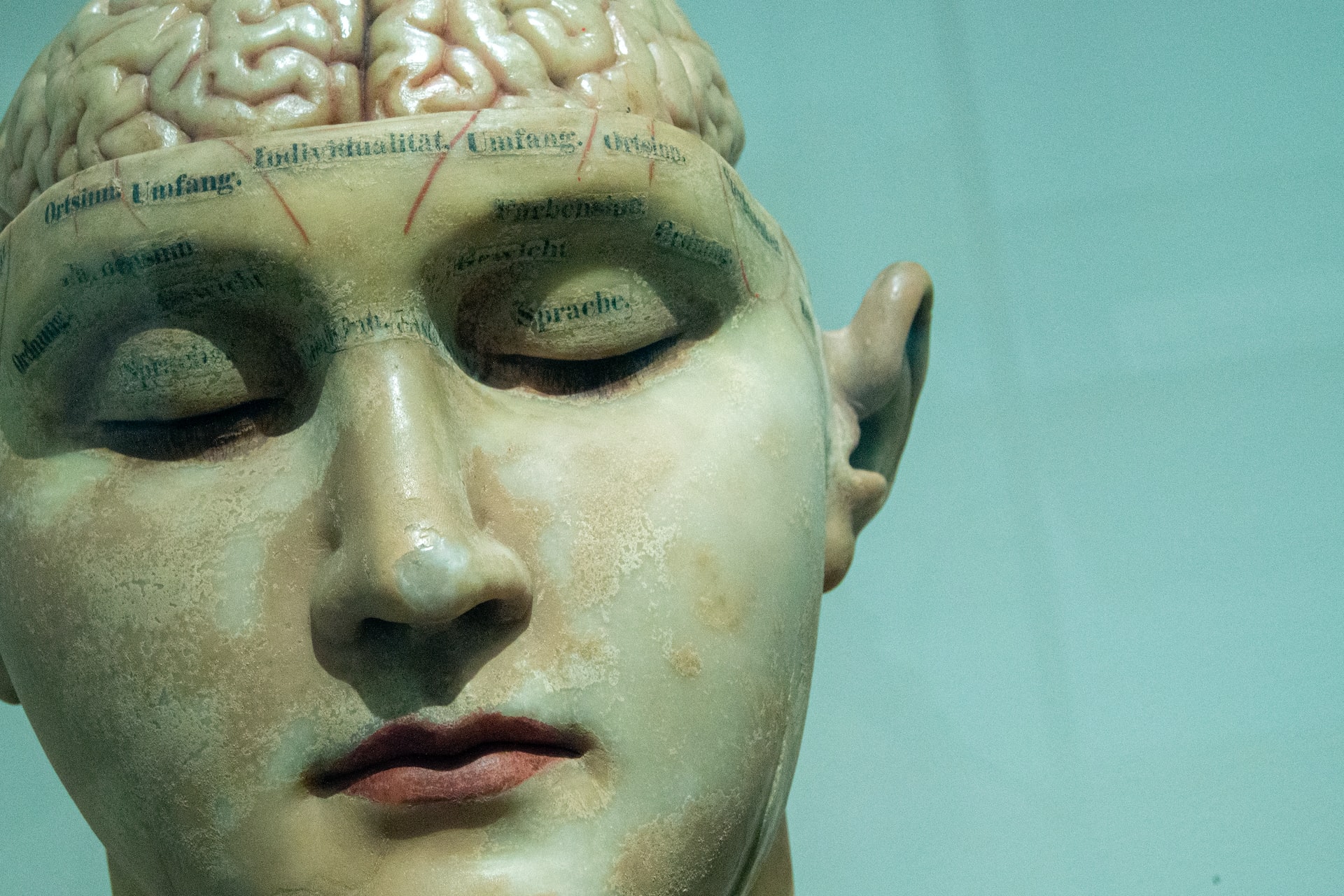Tell me about amyloid pathology
When we think about diseases and their causes, we often associate them with external factors such as viruses or bacteria. However, there is a group of diseases that are caused by the body’s own proteins, and one of the most well-known and studied of these is amyloidosis. In order to understand this condition, we must first understand what amyloid pathology is.
Simply put, amyloid pathology refers to the abnormal buildup of a protein called amyloid in various tissues and organs of the body. This buildup can cause damage and dysfunction in these areas, leading to various health issues. But why does this protein accumulate in the first place?
To answer this question, we need to delve into the biology of amyloid. Amyloid is a type of protein that is produced naturally in the body, but it can become problematic when it folds into an abnormal shape. This misfolding causes the protein to clump together and form insoluble fibers, known as amyloid fibrils. These fibrils can then build up in different organs and tissues, disrupting their normal function.
There are several types of amyloid proteins, each associated with different diseases. For example, in Alzheimer’s disease, the amyloid protein beta-amyloid accumulates in the brain, leading to memory loss and cognitive decline. In type 2 diabetes, the amyloid protein islet amyloid polypeptide (IAPP) builds up in the pancreas, affecting insulin production and causing high blood sugar levels.
While the exact mechanism of amyloid formation is not fully understood, research suggests that genetic mutations may play a role in some cases. These mutations can cause the amyloid protein to be produced in higher quantities or to fold into an abnormal shape more easily.
Additionally, some conditions can increase the risk of developing amyloidosis. These include chronic inflammation, autoimmune disorders, and certain types of cancers. Age is also a significant factor, as the body’s ability to break down and clear out damaged proteins decreases with age.
So, what exactly happens when amyloid accumulates in the body? The answer is not simple, as it can vary depending on the type of amyloid and the affected organ or tissue. In general, however, amyloid buildup can lead to cell damage and death, which can have a domino effect on the function of the organ or tissue.
For example, in Alzheimer’s disease, beta-amyloid clumps together between nerve cells in the brain, forming plaques. These plaques disrupt communication between nerve cells and ultimately lead to their death, resulting in the cognitive decline associated with the disease.
In type 2 diabetes, IAPP buildup in the pancreas can cause damage to the cells that produce insulin, leading to insulin deficiency and high blood sugar levels. This can result in symptoms such as excessive thirst, frequent urination, and fatigue.
While amyloid pathology is most commonly associated with these chronic diseases, it can also manifest acutely in conditions such as sepsis, where amyloid proteins enter the bloodstream and cause damage to vital organs.
Diagnosing amyloidosis can be challenging, as its symptoms can mimic those of other diseases. However, doctors may suspect amyloid pathology based on a patient’s symptoms and medical history. The diagnosis is then confirmed through a biopsy, where a sample of tissue is taken from the affected area and examined for amyloid deposits.
Treatment for amyloidosis depends on the type and severity of the disease. In some cases, medications may be prescribed to slow down the production of amyloid proteins or to help manage symptoms. In more advanced cases, organ-specific treatments such as chemotherapy or dialysis may be necessary.
In recent years, there has been significant progress in understanding and treating amyloid pathology. Researchers are actively studying ways to prevent or reverse the buildup of amyloid proteins in different diseases. For example, in Alzheimer’s disease, studies have shown promising results in using antibodies to target and remove beta-amyloid plaques from the brain.
As with any condition, prevention is always better than treatment. While some factors that contribute to amyloidosis, such as age and genetics, cannot be controlled, there are lifestyle choices that can help reduce the risk. These include maintaining a healthy diet, exercising regularly, and managing underlying conditions such as diabetes and inflammation.
In conclusion, amyloid pathology is a complex and multifaceted condition that involves the accumulation of abnormal proteins in various organs and tissues. While its exact cause and mechanisms are still being studied, significant progress has been made in understanding and treating amyloidosis. By continuing to learn more about this condition, we can hopefully develop more effective treatments and, ultimately, prevent it from occurring in the first place.





